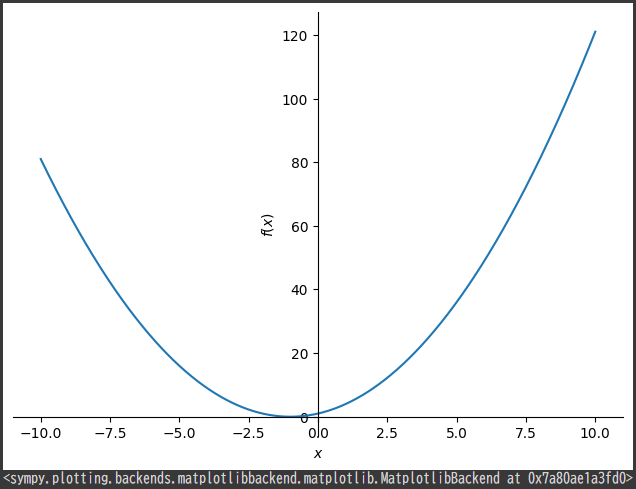An Example of Cost-Effective Nutrition Optimization
Example: Diet Problem
The diet problem is a classic $optimization$ $problem$ that aims to find the most $cost$-$effective$ way to meet nutritional requirements using a selection of foods.
Let’s solve a simple example using the $PuLP$ library in $Python$.
Problem Statement:
You are trying to meet your daily nutritional needs using three different foods.
Each food has a $cost$ and provides a certain amount of $calories$, $protein$, and $fat$.
Your goal is to minimize the cost while ensuring that you meet the minimum daily requirements for $calories$, $protein$, and $fat$.
Data:
- Foods: Chicken, Beef, Vegetables
- Cost per unit:
- Chicken: $2.50
- Beef: $3.00
- Vegetables: $1.00
- Nutritional content per unit:
- Chicken: $250$ calories, $30$g protein, $10$g fat
- Beef: $300$ calories, $20$g protein, $20$g fat
- Vegetables: $50$ calories, $5$g protein, $0$g fat
- Minimum daily requirements:
- Calories: $2000$
- Protein: $60$g
- Fat: $50$g
Solution using PuLP:
1 | import pulp |
Explanation:
- Decision Variables:
food_varsrepresent the amount of each food to consume. - Objective Function: Minimize the total cost of the diet.
- Constraints: Ensure that the total intake of $calories$, $protein$, and $fat$ meets or exceeds the minimum daily requirements.
Output:
1 | Optimal diet: |
Explanation of the Result:
The optimal solution suggests that the most $cost$-$effective$ way to meet the daily nutritional requirements is to consume $6.67$ units of Beef and no units of Chicken or Vegetables.
The total cost of this diet is $20.00.
Key Points:
Beef-only diet: The solution indicates that Beef alone is sufficient to meet the required minimums for calories, protein, and fat, making it the $cheapest$ option at $3.00 per unit.
No Chicken or Vegetables: Since Beef provides a higher concentration of calories and fat compared to Chicken and Vegetables, the solver determined that only Beef is needed to satisfy the constraints without incurring extra costs.
Total Cost: By consuming $6.67$ units of Beef, the total expenditure on this diet is minimized to $20.00.
This result demonstrates how optimization can find the most economical way to satisfy nutritional needs based on the available options.
